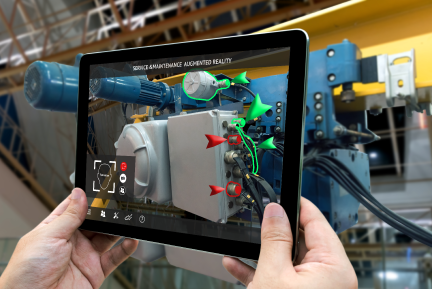
Editor’s Note: This post was originally published on March 22, 2017, and updated for accuracy and comprehensiveness.
Years ago, most system administrators couldn’t imagine their IT infrastructure would be virtual. Still, today I rarely meet system administrators who don’t have at least some virtual components in their IT departments. Indeed, very few are still running only physical IT infrastructure. Instead, the majority are running their infrastructure virtually, and most are using a flexible, cloud-based platform.
Many people still need clarification about which physical components deliver their needed power. However, why should they worry about physical features when the virtual world is so fast, flexible, and easy to change? Instead, system administrators should focus on solving business challenges rather than worrying about the inherent difficulties of structuring physical and technical systems. This way, the system administrator can add total value to the business instead of spending time and money installing and maintaining physical equipment and software.
Just a Few Years Ago, Who Would’ve Imagined Virtual Reality?
It’s similar to my experience when I saw my first Augmented/Virtual Reality app. Field service technicians who participated in the demo nor I could imagine training programs delivered by virtual simulators. And who would believe they’d guide virtual assistants that project augmented content in a mixed-reality world?
And even now, while the technology is available, companies still struggle to implement – and profit from – the virtual world. Is it because the technology isn’t mature yet? Is it because it’s complex to implement?
Focus on Benefits of Technology, not on Costs
It’s likely similar to the delay in acceptance of the virtual IT infrastructure. The real technology-oriented system administrators liked to play with the new technology but didn’t consider the added value. The more-traditional system administrator didn’t want to start implementing it because he feared losing his job. And C-level executives didn’t understand what it was all about, so they were uncomfortable investing in something they weren’t sure would add value to the company.
It’s new, it’s difficult to see the added value, AND it’s a threat to the traditional employee.
C-Suite Executives Must Communicate Positive Aspects of Technology
Trying to present the business case to adopt to people who see it as a threat to their jobs or to people who see new technology as too expensive, it’s hard to make the idea resonate. So it becomes the responsibility of C-level executives to learn from the past, understand what is happening, and communicate the positive influence that “virtual” reality will have on your organization.
Don’t become confused or overwhelmed with technical terminologies, such as inside-out or outside-in positional tracking, or wonder about the difference between virtual/augmented/mixed reality, or worry about the type of head-mounted device you need for it.
It’s an important new technology, and it will have a positive impact on field service operations. Your field service technicians will love it; it will streamline business processes and improve customer satisfaction.
Gomocha understands that new technology is one of the drivers for change in the mobile market. That’s why we investigate these new technologies and interact with our customers about how innovation will positively influence their processes and optimize their field services.
To simplify and streamline your organization’s operations, Gomocha will guide you in implementing the FSM technology to thrive. Gomocha solutions uncover hidden efficiencies, matching skill with demand, so your field team delivers an exceptional customer service experience time after time. Learn more.
